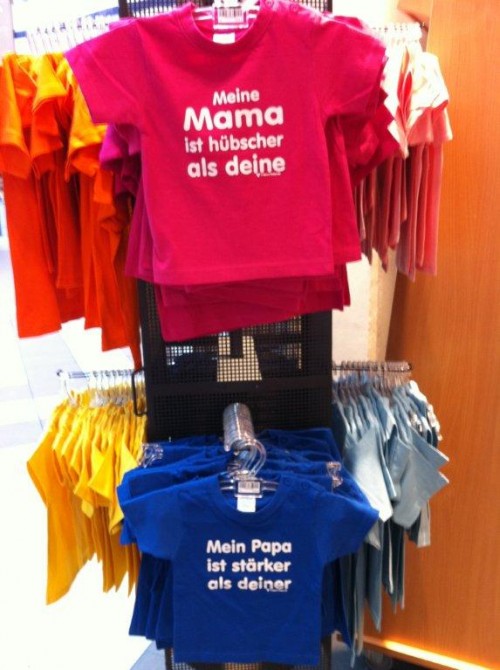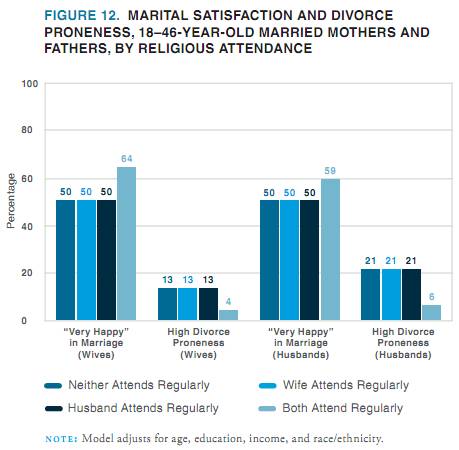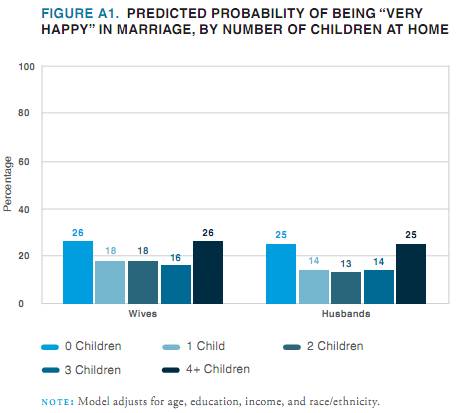For the last week of December, we’re re-posting some of our favorite posts from 2011.
————————
 In this hilarious two minute video, twin toddlers practice having a conversation. They don’t really know words, but they know HOW to do it. They’ve figured out how to sound sure of themselves, how to sound inquisitive, how to gesticulate, how to aim their efforts at a second person, and how to take turns. They’ve learned, in other words, the rules of talking to another person, even before they’ve learned how to talk. A fun example of socialization.
In this hilarious two minute video, twin toddlers practice having a conversation. They don’t really know words, but they know HOW to do it. They’ve figured out how to sound sure of themselves, how to sound inquisitive, how to gesticulate, how to aim their efforts at a second person, and how to take turns. They’ve learned, in other words, the rules of talking to another person, even before they’ve learned how to talk. A fun example of socialization.
For more really great examples of children learning to act like grown ups, see our posts on the baby worshipper, the baby preacher, the baby rapper, and the baby Beyonce. Via Blame it on the Voices.
Lisa Wade, PhD is an Associate Professor at Tulane University. She is the author of American Hookup, a book about college sexual culture; a textbook about gender; and a forthcoming introductory text: Terrible Magnificent Sociology. You can follow her on Twitter and Instagram.

















